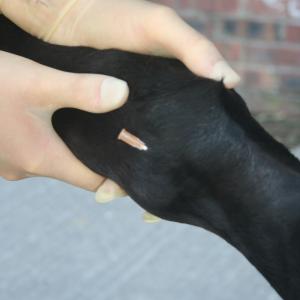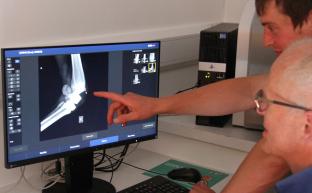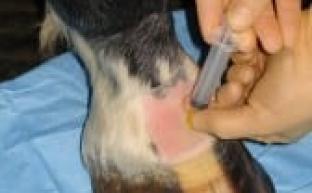The causes of lameness are many and varied. Many causes of lameness are simple and easily treated, in such cases your horses can easily be examined and treated at your yard whilst more complex cases are best worked up at our well equipped Newbiggin facilities.
Following our initial examination, we will use nerve and joint blocks to localise the source of pain. This involves placing small volumes of local anaesthetic at specific sites on the affected limb to desensitise individual regions, following this will re-evaluate the horse to see if there has been a change in the level of lameness. Once we have localised the source of pain, we will use appropriate diagnostic imaging, normally either ultrasound or radiography. In some instances, we will advise referral for advanced diagnostic imaging to aid in our diagnosis.


